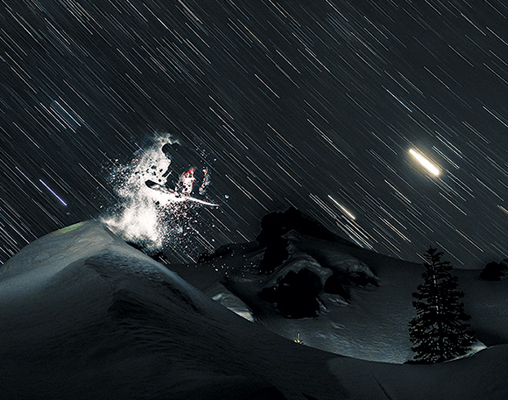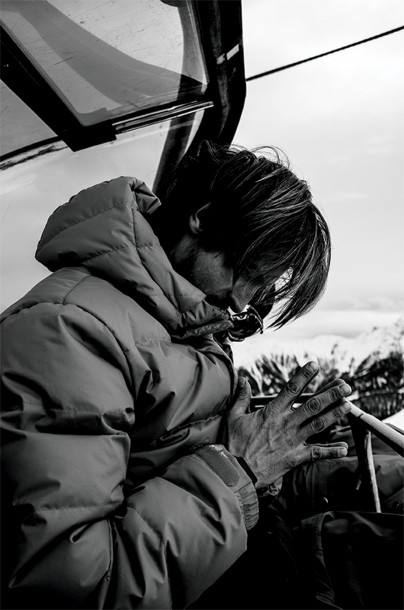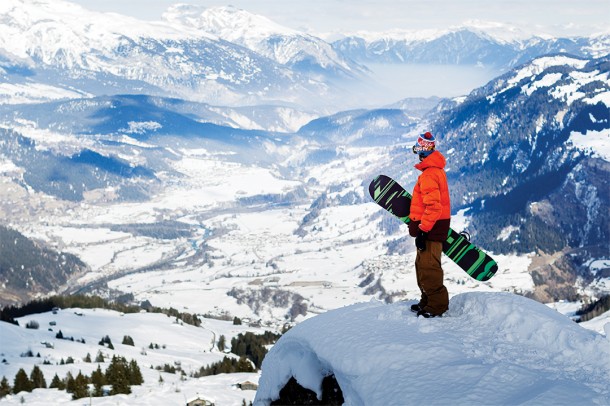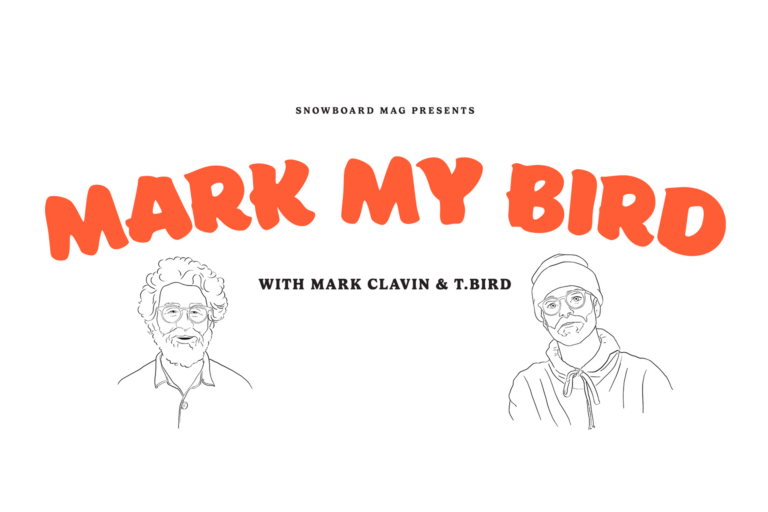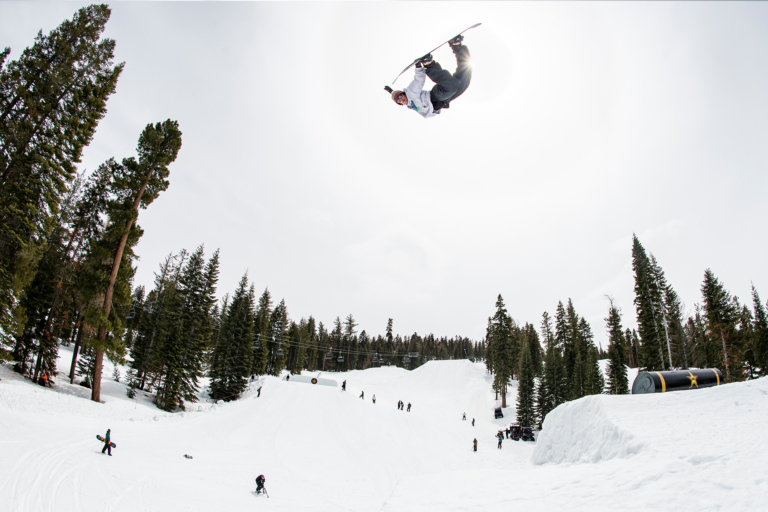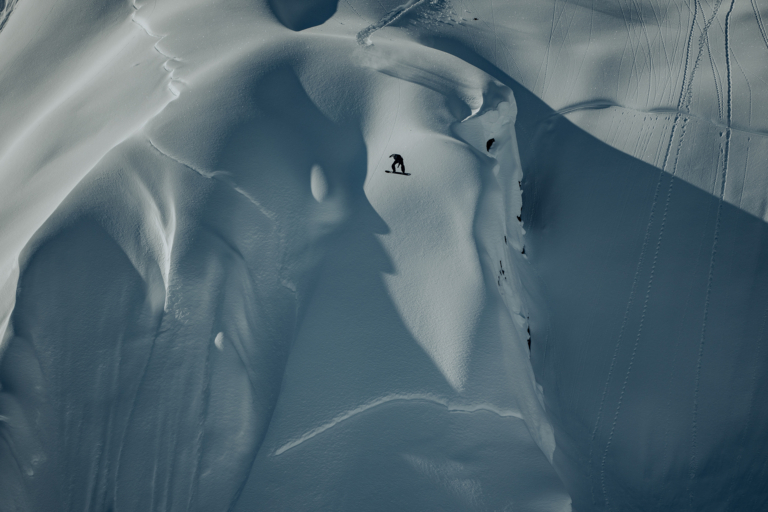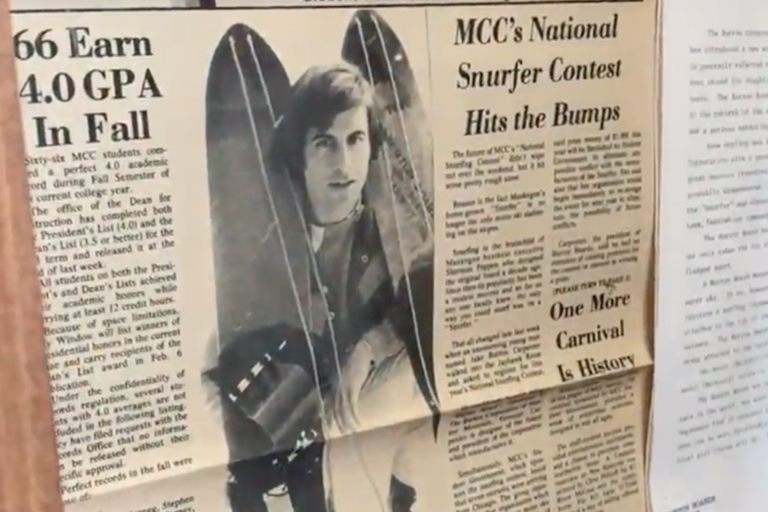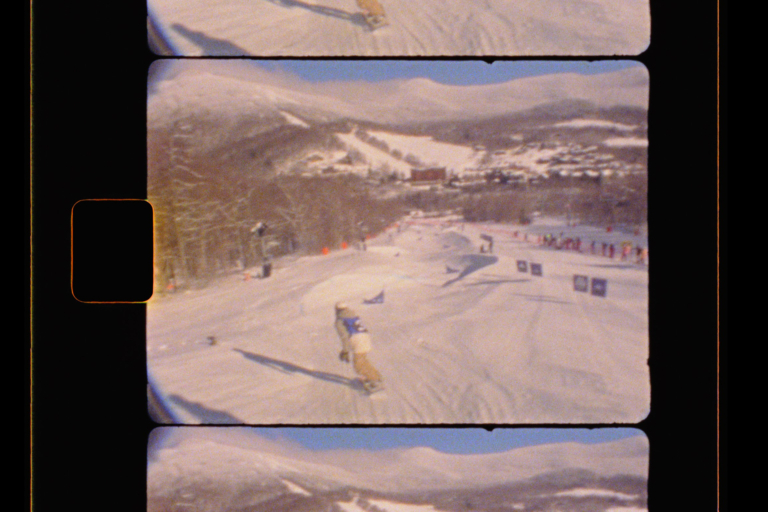Understanding our limits
Undoubtedly, flow experiences are a big reason we love snowboarding so much, but what is it that holds us back from having them more often, especially off the board? Evidently, it must have something to do with our own mind. To answer this question let’s examine why it often feels like we are in a rut or why the feeling of progress often seems to elude us.
Think of a fish in a pond. It knows nothing of the world beyond the confines of his watery abode. The fish’s reality is based upon what it knows and observes — crawdads, weeds, general fish stuff, right? It knows nothing of laptop computers or the Portuguese language, but that doesn’t mean those things don’t exist, they just don’t exist for the fish. Similarly, humans see the world through human eyes, but again that doesn’t mean that beyond our perceptions nothing exists. In other words, the world arises in respect to each particular observer according to their particular wants, needs, and requirements. Therefore, and this is a very important point, your flow is happening right now, you just might not know it because your thoughts are covering it up. Quick, where’s a shovel?
Beyond the mental clutter that seems to obscure our flow, is there something else? Modern science has suggested that our everyday lives are guided by our “unaware” mind – up to 95 percent of the time. What does this mean? Basically, it means that most of our daily activities we don’t really think about. In essence, our behavior by and large is built upon what is called associative memory, a notion that states that we basically operate from past experience.
That is, “I’ve been snowboarding for ten years, so I don’t really have to think about cruising down a groomed run anymore.” Or, “I don’t have to think too critically about tying my boots up – I just do it.”
R: Nicolas Mueller | P: Silvano Zeiter | Laax, SwitzerlandIn short, we know what works, what causes pain or pleasure and the consequence of certain behaviors. As a result, we abide by those terms and make decisions accordingly. Excluding periods of creative thought or physical activity where we are fully engaged, much of the time we’re on autopilot. The conscious mind, that is when we’re actually paying attention to our own thinking, however, was the one that directed our actions the first time we went snowboarding down that groomed run. That was actually an exciting time. To use a famous Zen phrase, we had a “beginner’s mind”. Slamming into a family of skiers, chucking an unintentional backflip or just making it to the lift below all had equal probability; it was all new!
Exploring the nature of consciousness and what enables it to be fully revealed versus merely cruising on autopilot is a crucial realization. First, comes understanding how we typically configure our experience and second, comes learning how to release that configuration. In doing such, we learn how to be in the world, not of it. From there we can move into a more fundamental level of awareness. This fundamental level is the one that allows things to come and go without effort.
So, while the proverbial place of safe, tested experience seems to provide security in our lives, there is another place that opens opportunity of unimaginable possibility. Unless we question the nature of our perceptions, we shall remain naively stuck. In snowboarding this means we won’t progress beyond an elementary level of riding because we’ll be holding onto some limited notion of ourself. In life it means we won’t progress past a naive understanding of our very experience. The point here is this: what we focus on is what we will remain or become.
To this point Troy Omafray and B. Alan Wallace added, “Thoughts have causal efficacy. Therefore what we think about impacts our life. This has been demonstrated by the placebo effect. That is, trusting your doctor is telling you the truth, you take a prescribed pill, which you didn’t know was nothing more than a sugar or salt tablet, and your symptoms may diminish or entirely stop. This did not occur because of the sugar or salt tablet, this occurred due to your belief.”
This is powerful medicine for an imbalanced mind, the mind snagged on jagged thoughts. So is this to say that by simply being more in tune with our mind, our bodies and/or physical abilities might transform? In response Wallace said, “This is now scientifically demonstrated. It’s beyond all reasonable doubt. The evidence is in and it’s no longer really a matter of debate that not only from meditation but from a wide array of mental training, there are measurable effects on the brain.”
Perhaps this is why we so often describe snowboarding as “liberating.” Because we utterly release and edge out everything that obscures the mind, we experience simple awareness, a place from which all things are possible; the very definition of freedom!
All of this might be summed up best with Henry Ford’s famous quote: “Whether you think you can or you think you can’t – you’re right.”
Waking up
Becoming aware of the power of consciousness begins first by questioning our auto-pilot mode. What is it that I’m doing? Why do I do this? And who is doing all this anyway? Waking up means no longer settling for “normal”. To truly evolve in this respect, we must question who we think we are, an understandably uncomfortable idea, especially when we feel like we’re OK as we are. When this idea is explored however, we start to imagine what we can be and aspire towards that vision.
R: Nicolas Mueller | P: Adam Moran | Laax, SwitzerlandTo better understand that much of the time we are ultimately caged within the confines of self-imposed parameters, perhaps this example will illustrate the illusion on which we build our identities:
Have you ever been mad at yourself for not trying that trick you thought about so much on the lift ride up?
Think about that. You are mad at your self.
How can there be two of you?
Is the real you mad at the fake you for not living up to the other’s expectations? You know there is only one of you inhabiting this body, which one is real? The one who is upset, or the one who wussed out?
It doesn’t take a genius to understand that operating from a place where two people exist is straight up insanity. The constructed self is incessantly scheming to uphold its image because fundamentally it knows it’s not going to last, eventually it will vanish like a mirage. It’s only when this self melts away that we see who we really are. The actual witness to the events is the real you; this real you is not constructed or produced.
Regarding this crucial point, Omafray states on behalf of B. Alan Wallace, “To know thyself is one of the most important missions in our life. So recognizing that our body-mind is fundamentally characterized by impermanence is a profound first step in this mission. As we direct our attention to the thoughts and feelings with which we typically identify so strongly and realize they are adventitious to the nature of the mind, at that point, we are starting to get real.”
In other words, things come and things go. If you remain vigilant, mindful and constantly awake to the fact that there is just this singular awareness always present and witnessing the comings and goings of this and that, then you are set on the path of greatness. You are the creation because you are now the creator. From here we transcend limitation on the board and off.
Omafray and Wallace said, “Probing deeply into our experience, we may discover an indubitable truth — awareness is happening. Cultivating this basic knowing as our new base camp in life provides greater composure, a sense of ease, and spaciousness. This is the path to genuine happiness.”
Continue reading on the next page…
